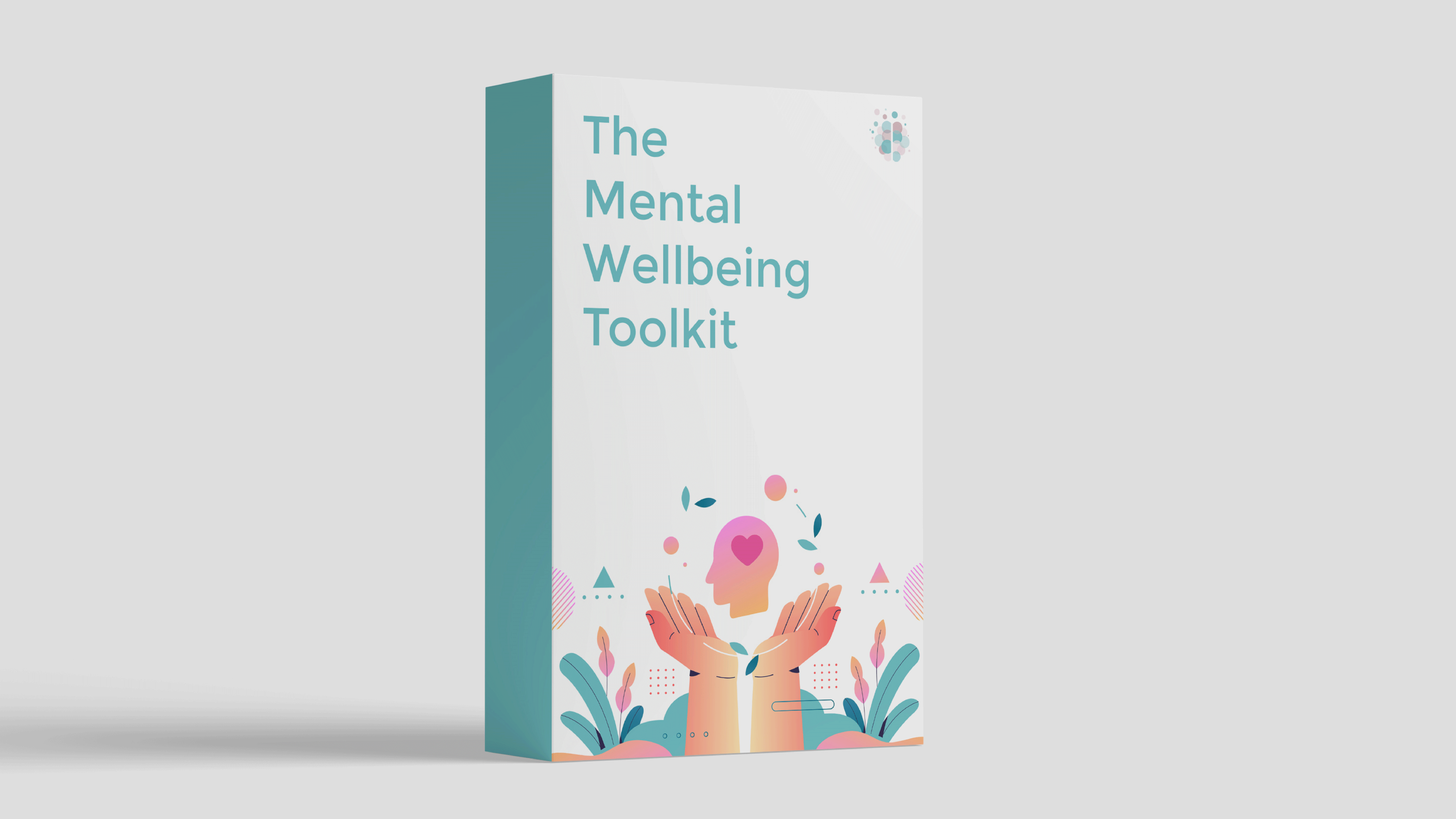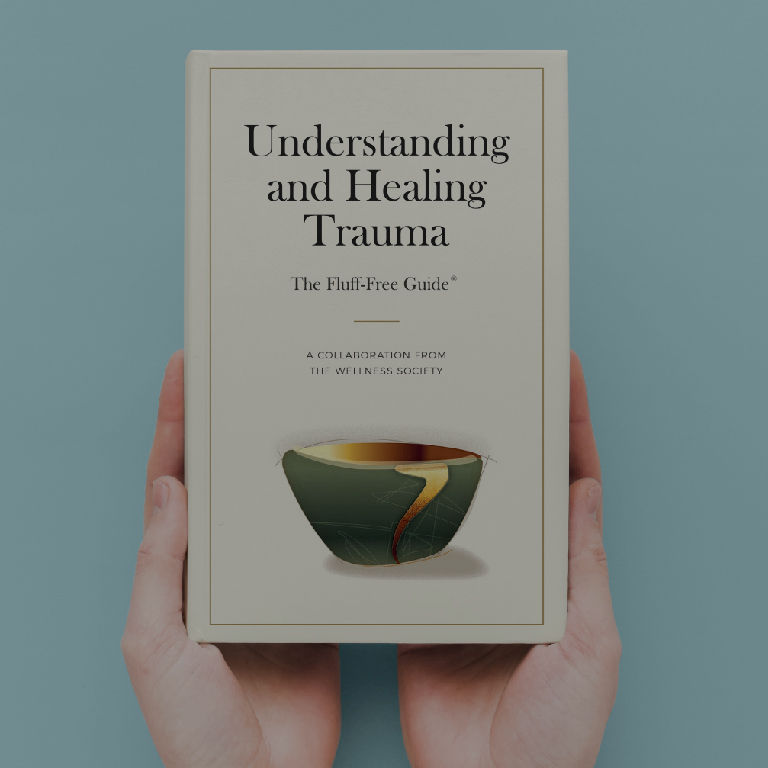Established in the 1980s by American psychologist Dr. Marsha Linehan and her colleagues, Dialectical Behaviour Therapy (DBT) posits that a predisposition to experience intense emotional reactions combined with exposure to an invalidating environment forms the basis of emotional dysregulation issues.
While initially a predominant treatment for people diagnosed with borderline personality disorder (BPD), DBT has evolved to address a wide range of issues.
DBT aims to support people to remain in the moment, regulate their emotions, find healthy ways to tolerate stress, and improve their relationships.
The TIPP Skill for Intense Emotions
The TIPP skill is one of the skills included in the distress tolerance module of DBT.
Other skills included in this module are:
- ACCEPTS
- STOP
- Pros and cons
- Radical acceptance
- Opposite action
- Self-soothe
- IMPROVE
DBT outlines three states of mind: emotion mind, reasonable mind, and wise mind. When our thinking and behaviours are controlled by overwhelming or intense emotions, we would be labelled as being in emotion mind.
We've all experienced moments when we feel too distressed to attempt to use coping skills. Once we've returned to a more stable emotional baseline, it becomes easier to use certain coping strategies. The TIPP skill is designed to address this issue by helping us return to that more stable emotional state.
When we’re experiencing overwhelming emotions, our sympathetic nervous system (SNS) is often activated, causing us to go into fight, flight or freeze mode. This response includes an accelerated heart rate, heightened blood pressure, dilated pupils, and issues with digestion.
On the other hand, the parasympathetic nervous system (PNS) helps us to rest and slow down. It’s the physiological opposite of the fight, flight or freeze response.
The TIPP skill helps to “tip” our body chemistry when we’re really upset. It aims to change our physiology so that we feel calmer, quicker. In other words, it helps us shift from emotion mind into wise mind.
TIPP stands for:
- Temperature
- Intense Exercise
- Paced Breathing
- Progressive Muscle Relaxation/Paired Muscle Relaxation
The four elements of the TIPP skill are presented as options, and you're not necessarily required to go through all four steps. The idea is to choose the TIPP components that are most feasible and effective in a given situation.
Temperature
Changing temperature can be done in multiple ways. Some ways include splashing cold water on your face, sticking your face in ice water and holding for 10 to 30 seconds, or taking a cold shower.
It’s important to consult with a doctor prior to using this skill as it can cause harmful effects to those with heart problems, bulimia, or anorexia.
Exposure to extreme cold, especially sudden changes in temperature like immersing the face in cold water or taking a cold shower, can lead to vasoconstriction (narrowing of blood vessels). This can pose risks for individuals with pre-existing heart conditions.
Furthermore, people with eating disorders may be more sensitive to temperature-related interventions due to their vulnerability to electrolyte imbalances and changes in body temperature. Cold exposure could potentially exacerbate health complications associated with these disorders.
In DBT, therapists work with clients to adapt skills to their individual needs and circumstances, taking into account any potential risks based on their health conditions.
Intense Exercise
This could include activities like running, jumping jacks, or any form of vigorous exercise that gets your heart rate up. Intense exercise helps to redirect and dissipate intense emotions. One mechanism for this is the release of endorphins, which act as natural pain relievers and mood enhancers.
Paced Breathing
Paced breathing works to slow down your breathing by using strategies such as making your exhale longer than your inhale. Try inhaling for a count of four, holding for two, and exhaling for six.
Research shows that being able to focus breathing to 5 or 6 cycles per minute activates the parasympathetic nervous system. It can also help us slow down our thoughts and mindfully consider our next steps.
Progressive Muscle Relaxation
Progressive muscle relaxation (PMR) involves systematically tensing and then relaxing different muscle groups in the body.
Here's a basic overview of how PMR is typically practiced:
Preparation
- Find a quiet and comfortable place to sit or lie down.
- Remove any distractions.
- Take a few deep breaths to begin the relaxation process.
Muscle Tension
- Start with a specific muscle group, often beginning with the muscles in the toes or hands.
- Tense the muscles in that group for about 5-10 seconds. Make sure to focus on the sensation of tension.
- Avoid straining or causing discomfort. The goal is controlled tension.
Relaxation
- Release the tension suddenly and completely.
- Focus on the sensations of relaxation as the tension leaves the muscles.
- Allow the muscles to remain relaxed for about 15-20 seconds before moving to the next muscle group.
Progression
- Move systematically through the body, tensing and then relaxing different muscle groups.
- Common progression includes moving from the feet to the head or vice versa, covering major muscle groups along the way.
Throughout the process, try to maintain awareness of your breath and be mindful of the sensations associated with muscle tension and relaxation.
The entire process can take around 10-20 minutes, depending on the pace and the number of muscle groups addressed.
If you don’t have time to run through everything, you can opt for a quick relaxation technique known as paired muscle relaxation. In this practice, you simultaneously tense all your muscles and then release them. As you release, try associating the relaxation with a chosen word, such as "relax."
Summary
The TIPP skill is a distress tolerance skill used to quickly change our body chemistry during heightened emotional dysregulation. It aims to activate the PNS when the SNS has ignited a fight, flight or freeze response.
TIPP stands for:
- Temperature
- Intense Exercise
- Paced Breathing
- Progressive Muscle Relaxation/Paired Muscle Relaxation
TIPP is designed to be a temporary and rapid intervention to help us manage and regulate intense emotions during moments of crisis. As such, its effects are not long-lasting. In the broader context of DBT, TIPP is often integrated into a larger toolkit of skills that individuals can use to build mental resilience.
Self-Guided Support for Emotional Regulation
If you’re interested in a self-guided program that includes tools from DBT, CBT, ACT and more, be sure to check out The Mental Wellbeing Toolkit. It's "like 10 therapy sessions in one."

About Alyssa
Alyssa is a licensed mental health counselor and registered art therapist.
Alyssa has worked with a variety of clients in outpatient mental health settings in addition to working most recently with juveniles through Yale University’s Juvenile Justice Program.



